UVB light for Tortoise: what you need and how to set it up
The most common advice queries we receive relate to Tortoise lighting. This is because the information out there is often too generalised, making it difficult for beginners to work out exactly what they need to keep their pets healthy.
Do Tortoises need heat and UVB lighting?
Just like other reptile species, Tortoises require visible UVA light to see and help them regulate their circadian rhythms or sleep cycles, UVB rays to help with the synthesis of vitamin D3, and heat so that they can thermoregulate.
The most neglected part of a Tortoise set-up is usually the UV light, with many owners believing that because their tortoise spends time outside in the sun, or their table is close to a window, their Tortoise gets all of the natural sunlight, and in turn, UVB that they require, but this is not the case.
In terms of Tortoise tables close to the window, UVB does not penetrate glass, so even on the hottest and brightest of days, your Tortoise is receiving nothing more than visible light from the sun beaming through the window.
Without an adequate UV bulb, your tortoise will be unable to metabolise vitamin D3, and in turn, will not be able to assimilate the dietary calcium they receive. Particularly in hatchlings, juveniles and breeding females, this can lead to a catastrophic illness termed Metabolic Bone Disease (MBD), which often presents itself as a soft, pyramiding shell in Tortoises, along with other bone deformities, pain, and in extreme cases, death.
For more detailed information regarding MBD, please see our dedicated metabolic bone disease guide.
This means that enough UVB light is by far the most important aspect of your Tortoises set-up, regardless of whether they spend time in the real sun or not, they must be provided with a good-quality UVB light in their main enclosure to ensure they're receiving UVB 12 hours a day, every day.
How much heat and UVB does my tortoise need?
While every tortoise requires light, heat and UVB, the amount of each required will ultimately depend on the species of Tortoise you are keeping or plan to keep.
Most of the commonly kept Tortoise species, such as Mediterranean tortoises, require basking temperatures of around 30-32°C (86-89°F), cool end temperatures of around 22-25°C (71-77°F), and a UVI of 3-4, however, this is not a one-size-fits-all rule, so be sure to research your chosen species.
The method by which you will provide heat and UVB light to your Tortoise will also depend on the type of enclosure you're using for your Tortoise, with some examples being suitable only for certain set-up types.
Mercury vapour bulbs
All-in-one heat and UV bulbs, otherwise known as mercury vapour or combination bulbs are a favourite among Tortoise keepers. These are generally screw-in light bulbs, that should be suspended above an open set-up such as a Tortoise table and will provide both UV and heat to your Tortoise.
Mercury vapour bulbs also tend to carry a 6-12 month guarantee depending on the manufacturer, this, along with the convenience of only having one source for visible light, UV light and heat, makes them an outstanding choice in terms of energy efficiency and cost-effectiveness.
The distance by which you suspend the bulb from the Tortoise will depend on the temperature you need to achieve, along with the manufacturer's guidelines on the UVI at differing distances from the bulb itself. Most will provide a suitable UVI for most Tortoises at around 30cm above the Tortoise's shell, however, this can differ between manufacturers so be sure to check the graphs on the product packaging.
The caveat to mercury vapour bulbs, however, is that they cannot be controlled by a thermostat. This means that they are only suitable for open-topped set-ups, as they're likely to overheat in enclosed set-ups such as vivariums.
Separate heat and UVB sources
If you're keeping your Tortoise in an enclosed set-up, such as a vivarium, you will need to provide your heat and UVB via separate sources. The best way to achieve this is using a heat lamp and a T5 lighting kit installed into the ceiling of the vivarium.
Your basking bulb can be used in a lamp holder and bracket, which will be screwed into the ceiling of the vivarium, offset to one end, which will be the 'warm end' of the enclosure. All heating equipment should be attached to a compatible thermostat where possible, to regulate the temperature within the enclosure and prevent overheating.
For more information regarding reptile thermostats and which to use with which heat source, please our help guide focused on selecting the right reptile thermostat for your heating set-up.
When it comes to providing UVB in an enclosed set-up, a full T5 lighting kit is the way to go. T5 lighting is the most modern way to provide UVB to your Tortoise and is essentially an upgrade on the more outdated T8 light bulbs. T5 lights are thinner than T8 lights, last, around 12 months before they cease to emit adequate UVB (compared with 6 months for T8), and produce more light per wattage of electricity, making them more energy-efficient and meaning you generally require a lower strength than with other light bulbs.
While you're thinking about your tortoise, you might want to stock up on tortoise food. Why not try our Swell Reptiles Tortoise range including Swell Reptiles Tortoise Herb Mix and Swell Reptiles Tortoise Herb Sticks?




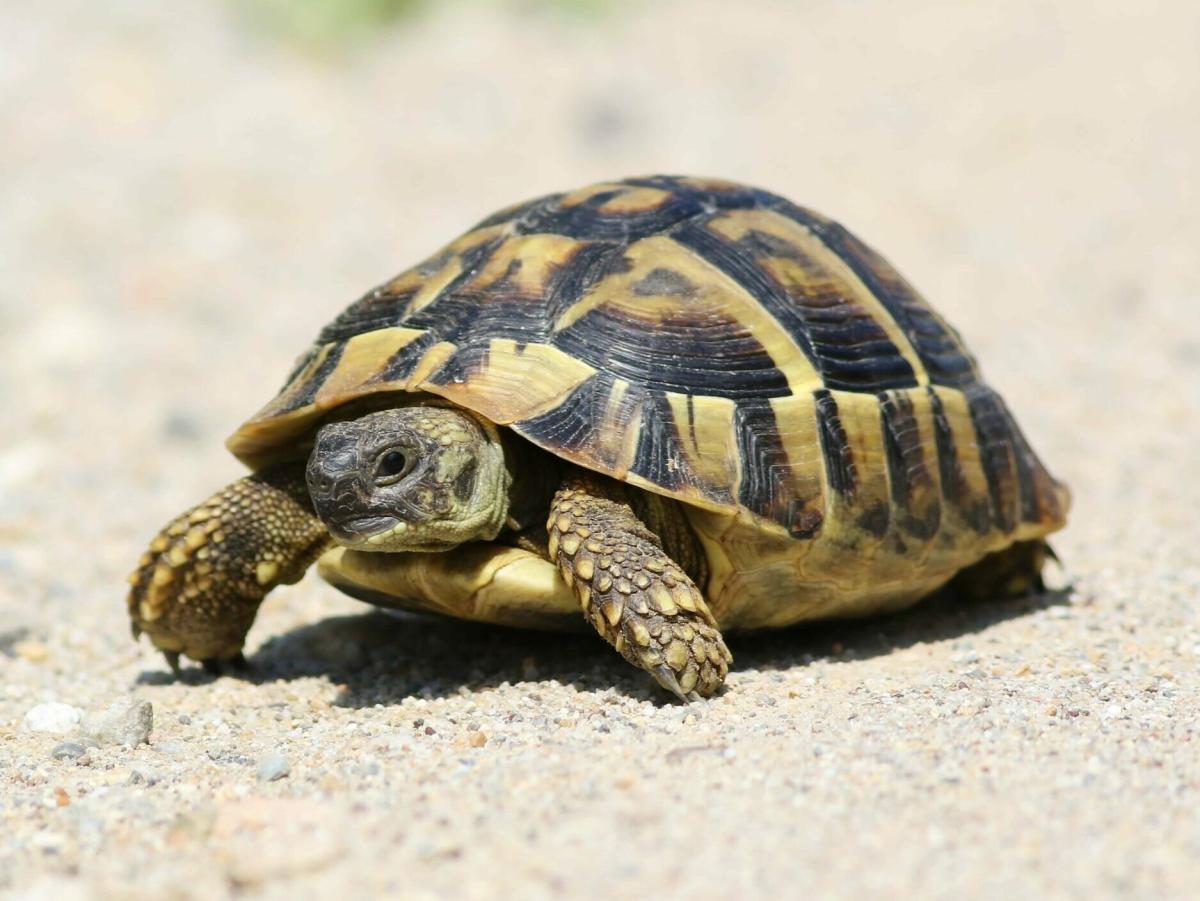
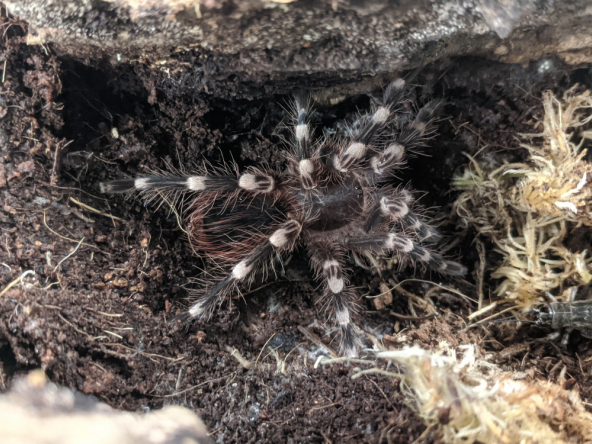
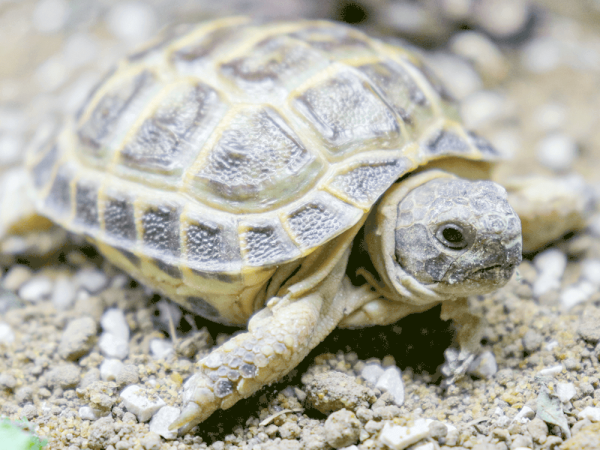
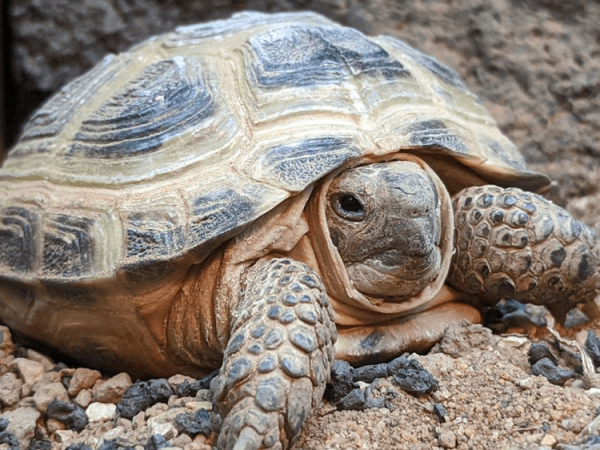
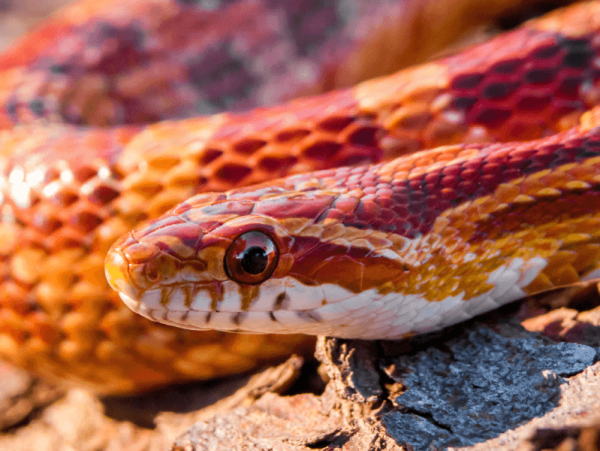
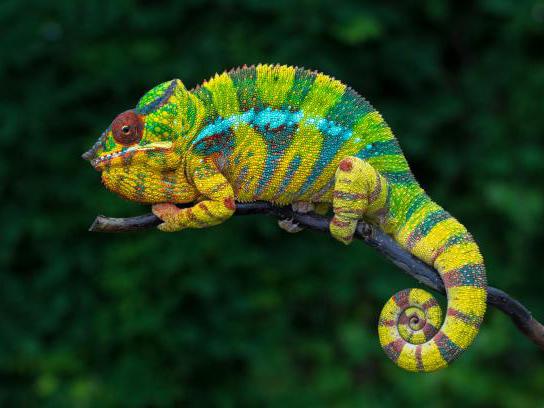
Thank you for your comment.
It is usually best practice to keep your lighting and heating on a 12 hour on/off cycle, for example on from 8am-8pm, and off from 8pm-8am. The easiest way to achieve this is using a timer, but you can also do it manually if preferred.
I hope this help.